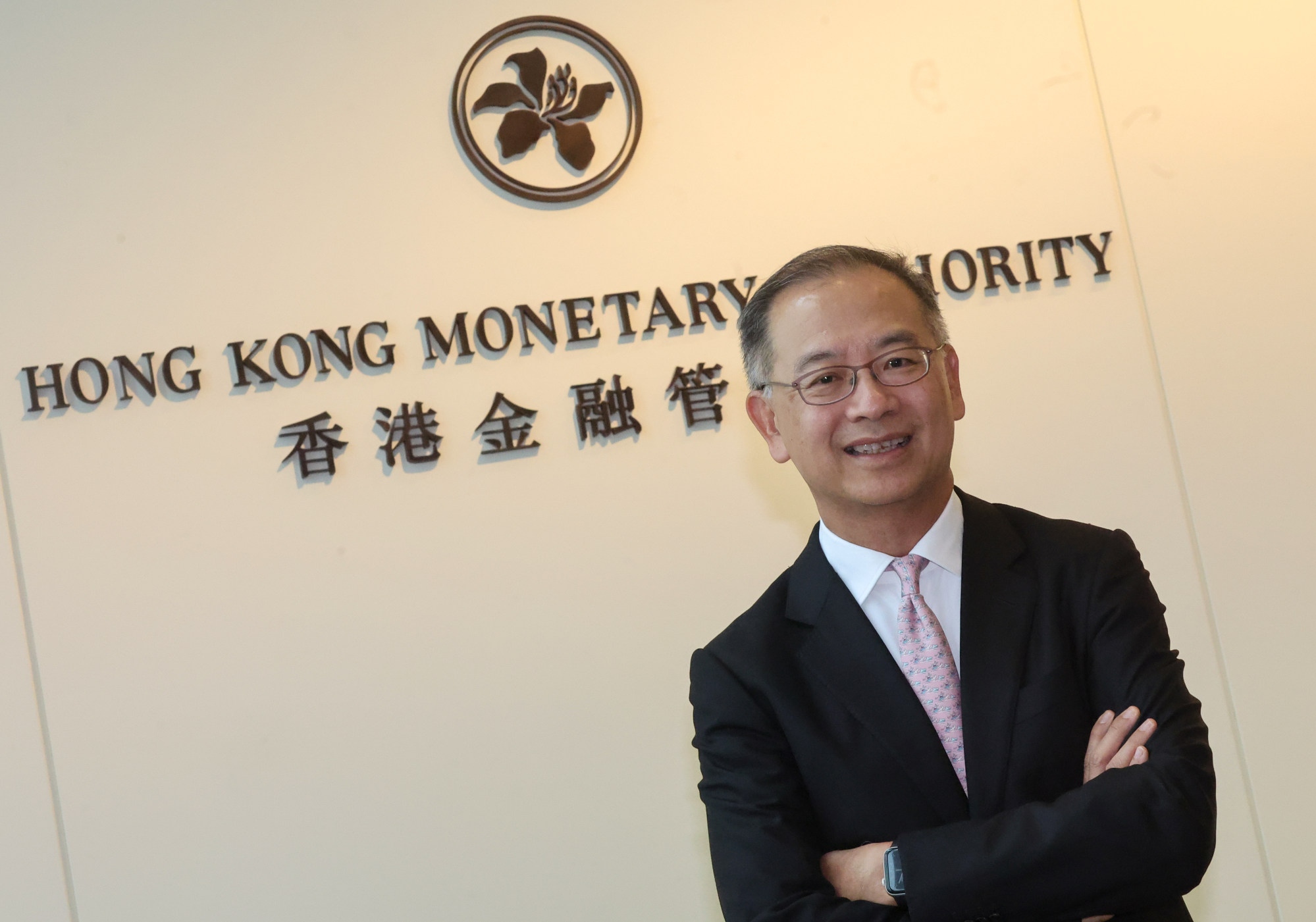“We are delighted that Hong Kong, being the first place to conduct a cross-boundary e-CNY pilot, has also become the first place outside mainland China that enables its residents to set up e-CNY wallets locally,” said Eddie Yue Wai-man, CEO of the HKMA.

“We will continue to work closely with the PBOC to gradually expand the applications of e-CNY, enrich the range of functionality of the e-CNY wallet available to Hong Kong residents and step up efforts in promoting the acceptance of e-CNY by more retail merchants in the two places.”
The expansion of the pilot programme aims to provide an “additional safe, convenient and innovative” means of retail payment for Hongkongers spending in mainland China and mainland users coming to Hong Kong, Howard Lee, the HKMA’s deputy CEO, said during a press briefing on Friday.
“The e-CNY is the digital representation of yuan bank notes,” he said. “It’s different from the e-wallet operators in a sense that the e-CNY in the wallet is backed by the People’s Bank of China, not by individual organisations.”
The wallet is not intended to replace any means of payment already available in the market, Lee added. “One more option is always better than one fewer option,” he said. “We believe that some people may find it convenient and easy to use.”
In the initial stage of the latest expansion, Hong Kong residents can set up digital yuan wallets through Bank of China, Bank of Communications, China Construction Bank and Industrial and Commercial Bank of China. They may also link to a bank card to add value or make direct payments.
Out of the 17 retail banks, 11 support top-ups from Hong Kong dollar accounts, which can be directly exchanged for yuan using the banks’ exchange rates. Six banks also support top-ups from yuan accounts.
The wallet has limitations in outstanding value and transaction amounts because it is a “tier-4” e-CNY wallet, a type that does not require real-name authentication. The maximum balance is 10,000 yuan, while the payment limit per transaction is 2,000 yuan. Users can pay up to 5,000 yuan daily and 50,000 yuan annually.
The HKMA said it will seek to upgrade the e-CNY wallet to higher tiers through real-name verification, enhancing payment interoperability. Additionally, corporate use cases will be explored to facilitate cross-boundary trade settlement.
The four Chinese banks have rolled out different incentives to lure Hong Kong residents to sign up for their wallets. The banks may also seek to provide lower fees to attract merchants.
“To promote more local merchants to accept e-CNY payments, Bank of China Hong Kong has cooperated with Mannings to gradually expand e-CNY payment services,” said Xing Guiwei, deputy CEO of Bank of China (Hong Kong).
Xing added that the bank’s initiatives will provide more digital yuan payment scenarios for mainland tourists in Hong Kong, reducing cross-border fund settlement costs for local retail merchants and increasing merchant income.
The interoperability between the FPS and the PBOC’s e-CNY system is the world’s first linkage of a faster payment system with a central bank digital currency, according to the HKMA. “It provides an innovative use case which underscores interoperability, a key area set out in the G20 road map for enhancing cross-border payments,” it said in a statement.
The FPS had 13.6 million registered users at the end of last year, almost double Hong Kong’s population, as an individual may register multiple accounts at multiple banks with the service.

